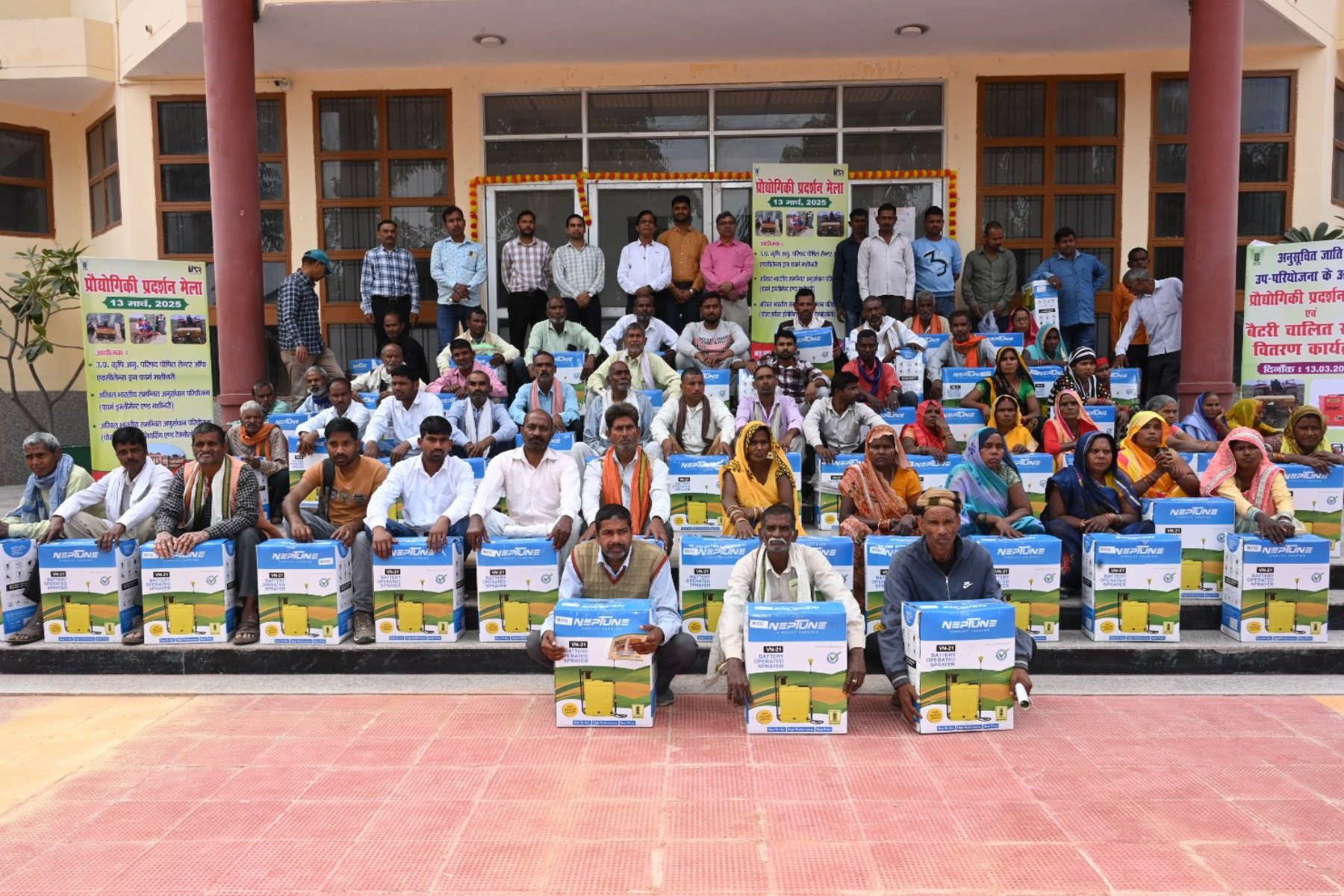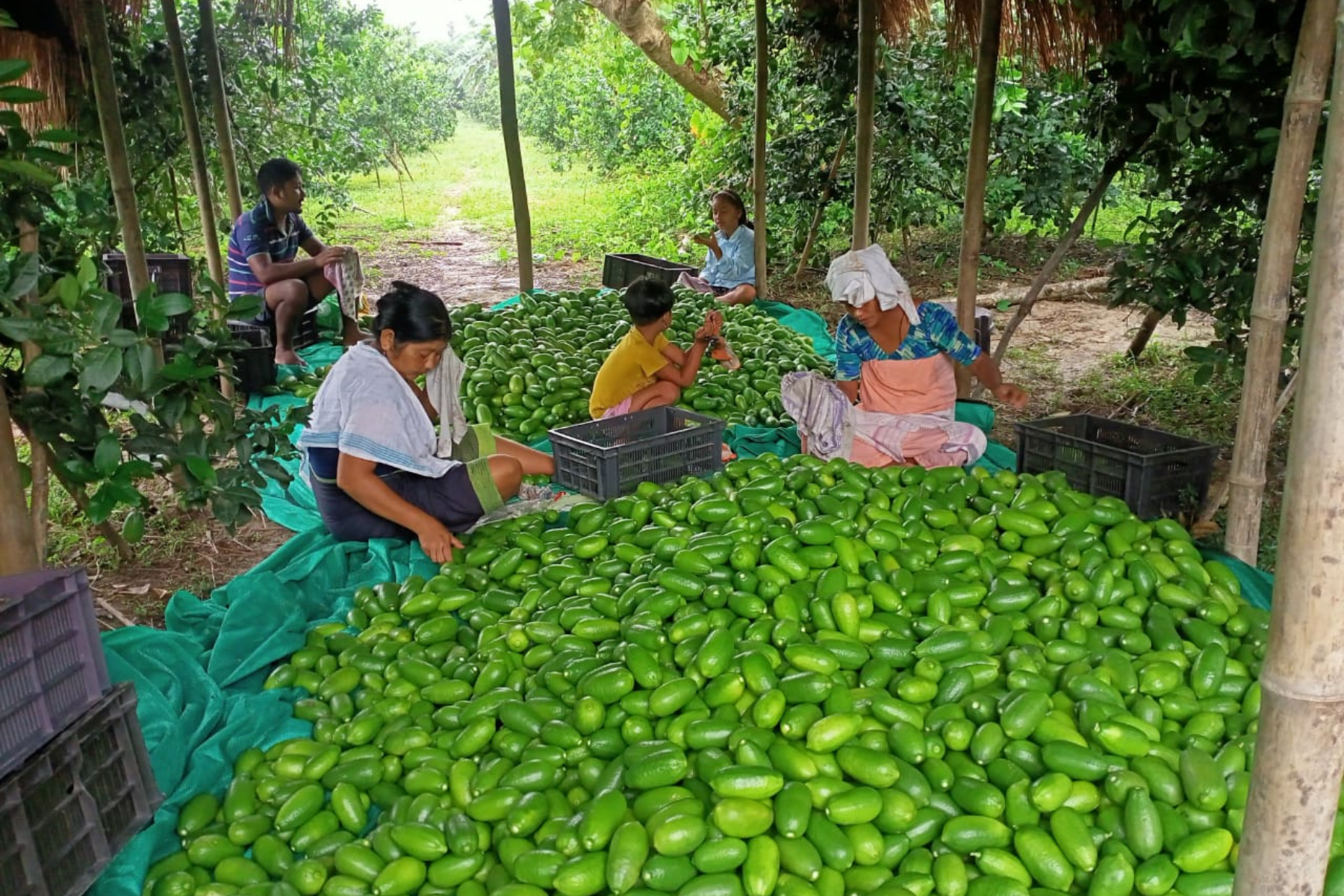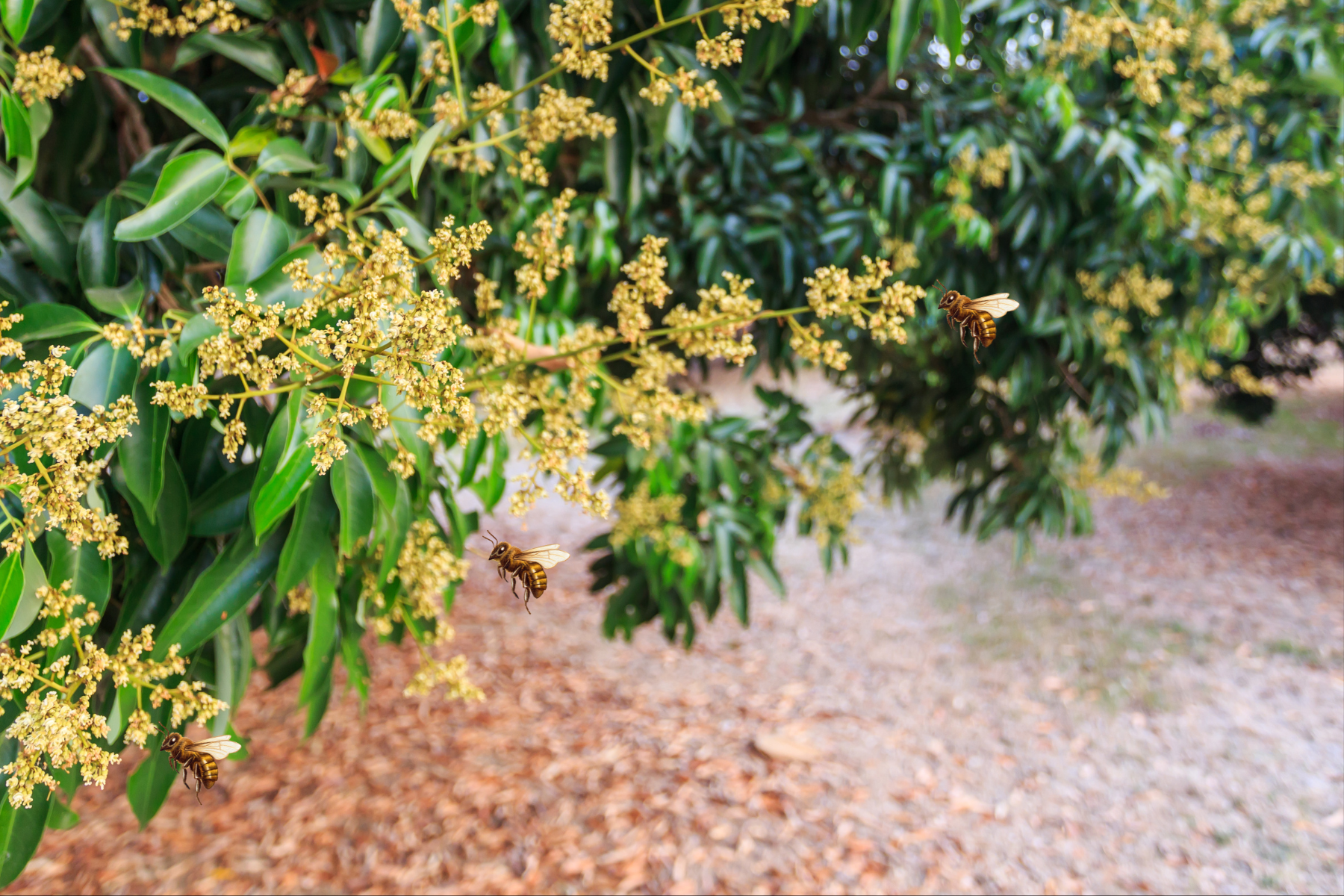Come
hail or high water, they are always all set. It does not matter to them if it’s
scorching hot or it’s freezing cold, they perform their duties with élan. These
ladies are your ASHA (Accredited Social Health Activists) workers – a silent
army of health care professionals who, very diligently, look after expecting mothers
and new-borns in rural India.
These
women provide information to people in rural areas about health, sanitation and
nutrition; conduct ante-natal and post-natal check-ups; assist women during
their deliveries, deliver polio vaccines and conduct health surveys.
This
pink army — as it’s popularly known — is the backbone of the primary healthcare in our 600,000 villages, building a bridge between
the poor and the inadequate public health system. For many Indian villages
where medical facilities aren’t accessible easily, 860,000 ASHAs working across
the country — according to the Ministry of Health and Family Welfare, 2014 —
are the only ray of hope.
However,
these backbone of healthcare in rural India is not a happy lot. Dismally low
salaries, erratic work schedule and long working hours are just some of the
issues that they face. They often have to toil from morning to night, have to
do the night shifts, get no weekly offs and yet are paid Rs 2,000 per month.
One
of the core strategies suggested under the National Rural Health Mission (NRHM),
launched in 2005, was the creation of ASHA. According to the NRHM, these ASHAs
were instrumental in bringing down the infant mortality rate from over 50
deaths per 1,000 live births in 2005 — when ASHA was launched — to 34 deaths
in 2016.
They
all feel they definitely deserve a lot more than they get.
Watch the video here:
Suman
Shukla, an ASHA, works in Harchandpur block in Raebareli. She works from dawn
to dusk, and, at times, reaches back home really late. We caught up with her
when she was visiting Gunavar village in Harchandpur block to pay a visit to a
six-month pregnant lady. The entire village was in awe of Suman.
“The
health department would crumble in the absence of ASHA workers; they are the
departments’ backbone. An ASHA
worker visits villages and spreads awareness about family planning. When a lady
is expecting, we have to administer two injections to them. After the kid is
born, we have to look after them. We have to pay them seven visits in a span of
42 days,” said Suman.
In 2005, Janani Suraksha
Yojana — a safe motherhood intervention under the National Health Mission —
identified ASHA as an effective link between the government and pregnant women. They
are between
the ages of 24 and 45, with a minimum level of eight years of formal education. They
are also given regular and periodic training.
These ASHA workers get to
sleep for just five-six hours. Every single day, they finish their household tasks
and visit villages. They have to coordinate with those who deal with malnutrition, vaccinations and hygiene. They have to stay back at hospitals for
many days and walk long distances.
“It feels at times that we
are akin to Army soldiers. We have to be on our toes all the time, we don’t
have fixed timings or schedule. We get distresses calls at any time of the day.
We have to go, and we go. Despite putting in so many efforts we feel we don’t
get enough credit,” added Suman.
Each
ASHA works on a volunteer basis and gets reimbursed on the basis of tasks that
they perform. For instance, for each woman who delivers a child in a hospital,
the ASHA is reimbursed Rs 600, the mother who delivers at a hospital is
reimbursed Rs 1,400. There are also incentives for getting children timely and
complete immunization.
As
per the guidelines framed when the workforce of ASHA was conceptualised under
the NRHM, a total of 43 different functions are assigned to them along with
specific remuneration for each of them. The maximum they can get for an
activity is Rs 5,000 for administering medicines to drug-resistant tuberculosis
patients to just Re 1 for distributing an ORS (oral rehydration solution)
packet. What they get is just the money for a particular activity, but it does
not cover travelling and other costs.
 For each woman who delivers a child in a hospital, the ASHA is reimbursed Rs 600, the mother who delivers at a hospital is reimbursed Rs 1,400.
For each woman who delivers a child in a hospital, the ASHA is reimbursed Rs 600, the mother who delivers at a hospital is reimbursed Rs 1,400.
Aarti
Singh, block programme manager, Harchandpur block, said: “We work all day long,
but we don’t get paid enough. The officials working in the health department
have fixed timings. Some earn Rs 40-50,000 and some even earn up to Rs 60,000.
We get Rs 1,000-2,000. That’s way too less. We deserve at least Rs 10-15,000.
The government makes us slog and pays us very little.”
“Some
of us protested a few days back. We want the government to recognise us as health
care workers. The ASHAs are part-timers as of now. If we are recognised as
workers, there would be a hope that we would get our salaries by 3rd
or 4th of every month. We should get a salary for Rs 10,000, but if
they could give us Rs 5,000 that would also do,” she added.
This
year, on February 1, finance minister Piyush Goyal, in his Budget speech,
announced increasing honorarium of ASHA workers by 50% — a repeat of what the
Prime Minister had said in September 2018. So, the news did not enthuse them
enough and they are still waiting for their dues.
“The
ASHAs follow through the vaccination programme for nine months but get a
measly Rs 150. This is exactly what we are trying to tell the government. We
are ladies, we take so many risks on a daily basis, our self-respect is at
stake, the government should do something for us,” said Suman.




















